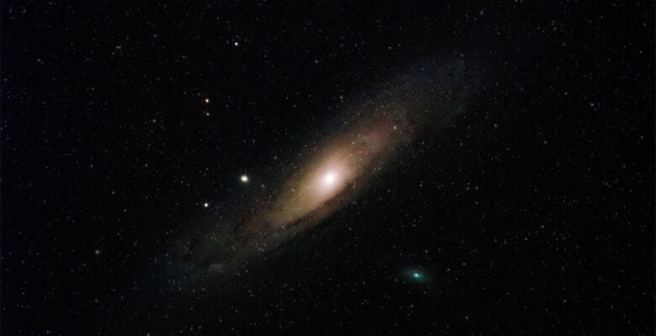Black hole in the heart of the Milky Way imaged for the first time

Almost four decades ago, a team of astronomers noticed a dark object with stars whirling around it at roughly a third of the speed of light. Last week, the Event Horizon Telescope (EHT) Collaboration team revealed an image of this dark object—a supermassive black hole at the center of the Milky Way. It has been named Sagittarius A* or Sgr A* (pronounced sadge-ay-star). The research team’s findings1 have been published in a special issue of The Astrophysical Journal Letters.
In 2017, the EHT team used a network of eight radio telescopes spread across four continents to collect massive amounts of data on Sgr A*, by capturing images of the clouds of gas surrounding the black hole. They transformed all the data into millions of images using supercomputers and eventually generated a final, composite, and accurate image of the black hole.
This is not the first time that astronomers have imaged a black hole. In 2019, another supermassive black hole—M87*, in the galaxy Messier 87—was the first to be imaged.
Facts about Sgr A*
- Diameter: 26 million km
- Mass: 4 million solar masses
- Distance from the Earth: Approx. 27,000 light years
What’s next?
The two imaged black holes are very similar but differ in size, mass, distances from the Earth, and host galaxy. The images will help astronomers study the two black holes closely, draw comparisons, and extract valuable insights about these mysterious cosmic entities. Further work is being planned to generate many such images so that astronomers can see in real time how a black hole feeds on the matter around it and grows into a supermassive structure.
The team at EHT is also preparing to release videos and movies showcasing “the evolution of black holes.”2 Katie Bouman, a computer scientist and the programmer involved with the first blackhole image, said that an attempt was made with the 2017 data, which proved to be insufficient. To overcome this challenge, the EHT scientists plan to equip themselves with a program and technology that will allow them to use telescopes flexibly and for a long period of time.
References
1. Bower, G. Focus on First Sgr A* Results from the Event Horizon Telescope. The Institute of Physics. May 2022. https://iopscience.iop.org/journal/2041-8205/page/Focus_on_First_Sgr_A_Results
2. Cooper, K. After snapping a photo of the Milky Way's monster black hole, scientists dream of videos. Space.com. May 16, 2022. https://www.space.com/black-hole-movies-event-horizon-telescope
Comments
You're looking to give wings to your academic career and publication journey. We like that!
Why don't we give you complete access! Create a free account and get unlimited access to all resources & a vibrant researcher community.











